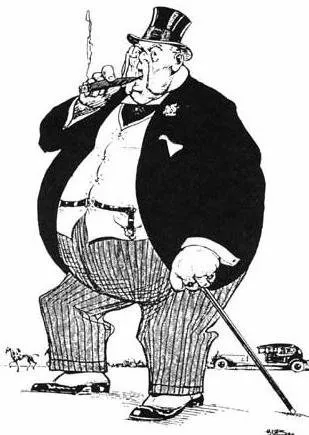If you haven’t read yet Part 1 of this article I strongly advice that you start from here: https://steemit.com/money/@conspi-theorist/why-global-crisis-is-inevitable-part-1-how-it-all-started
I would like to continue from where I stopped….the Problem…
Intrinsic Problem of Capitalism

Already by the beginning of the 17th century people had an idea of the logic of this New economic model. In 1613 Antonio Serra (https://en.wikipedia.org/wiki/Antonio_Serra ), Italian philosopher and economist, published a book called “A Short Treatise on the Wealth and Poverty of Nations”. In this book Antonio Serra analysed a shortage of coin in the Kingdom of Naples. It was a common thinking at that time that shortage was caused by simple exchange rate disproportion. However, he managed to prove that the real reason was balance of payment deficit, ie import was larger than export. As a result, this problem was resolved by the active encouragement of exports.
However, another important observation Serra made is the level of wealth in a town is determined by a number of professions this town has: the higher number of professions its habitants have, the wealthier it is. In modern language, the level of development of the economy depends on degree of the Division of Labour in this economy. A higher degree of Division of Labour generates more Added Value and, consequently, larger economy.
To put it into perspective, if there is a village consisting of 3 households they don’t need a smith. They may have one, but he will have to do his own farming in order to have enough food to survive. However, if there is a village with 100 households, the smith won’t need to farm as there is enough work for him through the whole year to be able to sell his products for food from farming households. And if we are talking about a bigger town, it might already have a steel manufacturing plant that produces different quality steel to supply other possible productions in the town.
To sum up, higher degree of Division of Labour became the driver of economic growth, scientific progress and productivity in the new economic model. And it is for sure a good thing. But good thing is always offset by a bad thing. So, what is the Bad Thing here? The bad thing is the Rising Risks of a given Producer.
Let me explain it a little bit better...
Let’s imagine that we have a production chain which consists of 10 producers: the 1st one mines iron ore, the 2nd one transports it to a factory, the 3rd one melts it into steel …..etc etc….then we receive a final product. Assume that total production profit from sale of this product is 100 which is then distributed to each producer, let’s assume, equally (sooner or later). Each gets profit of 10. Then, assume, we managed to obtain a higher degree of division of labour and number of producers in this chain has increased to 20 and each gets more niche specialisation / expertise. Each developed a better technology, cost cutting – thus, total production process costs are lower and total profit is no longer 100, but rather 140. If this 140 is distributed equally between 20 producers each now gets 7. In other words, profit per Producer decreased: that’s what we call Producer Risk! Remember, that here we assumed immediate equal distribution of profit…. so-called “perfect competition hypothesis”. However, we know that in real like it does not always work and if it works it takes time to arrive to equilibrium. That’s why in real life you may get that one producer still has profit of 10 and another one gets minus 1…..and then this company stops producing…..which means that the whole production process stops!
That’s the most principal problem – INCREASING LEVEL OF RISKS OF a PRODUCER! And the whole history of economy since 16th century became the HISTORY OF LOOKING FOR NEW MECHANISMS TO DECREASE THESE RISKS!
Historically there were only 2 mechanisms to decreases risks. Then the 3rd one was invented and had crucial consequences – I am going to speak about it later.
Mechanism #1 – Expansion of Markets, ie you start selling your goods and services (as a producer) not internally, but also externally. For example, assume a businessman takes 100% of his money and build an iPhone factory that produces 500 thousand iPhones in a city with 1 million people in 2 years all people will have iPhones – and what’s next?? For this factory to keep on working you need to find new consumers, ie find new markets and expand there.
Mechanism #2 – Bank Loan. In this case, a business does not risk with 100% of his money but let’s say only with 30%. And the remaining 70% is provided by a bank.
The role of the banks in the economy is to take over some risks. Well, actually, banks take over some risk but the major level of risk they re-distribute in the economy by passing it on to the producers with higher profits via loans with higher interest rates. Less profitable producers have lower interest rate loans (for example, farming industry). However, given banks do not completely remove the risks from the economy (they just re-distribute it between different producers, obviously charging everyone their own lending margin) it helps economy to function for a while but then it stops anyways. In our example above, using only 30% of money the businessman has headroom to build 3 factories, but once everyone has an iPhone production stops. Without Market Expansion (Mechanism #1) the economic growth stops and economy starts stagnating.
The first economist who understood this was Adam Smith!
_What exactly Adam Smith concluded? What is the 3rd Mechanism and did it help at all? I am going to talk about all this in Part 3